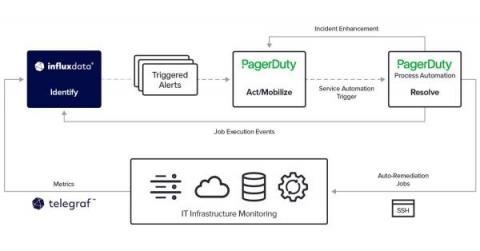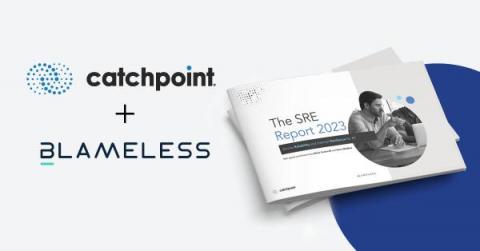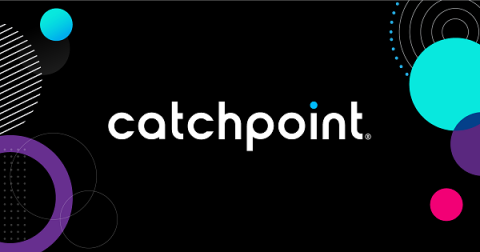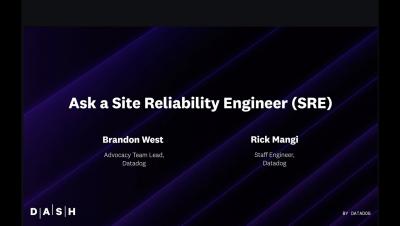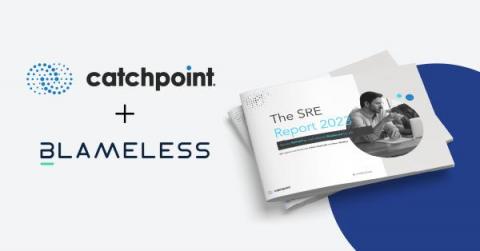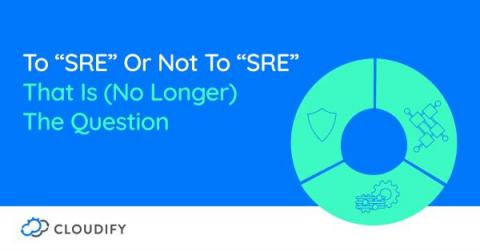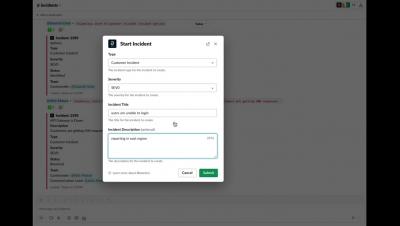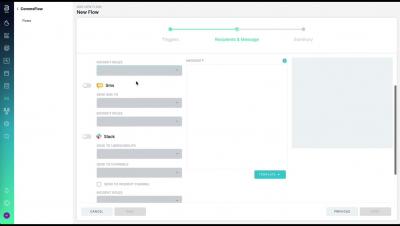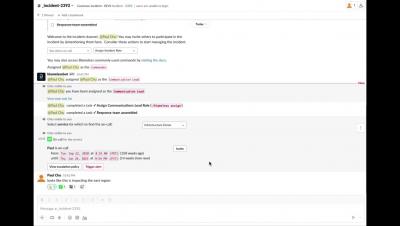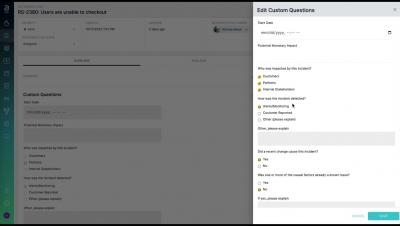Operations | Monitoring | ITSM | DevOps | Cloud
November 2022
Canary Deployment Benefits & Implementation Guide
Day in the life of an SRE
We spoke with two members from the SRE team, Alex Blyth and Zulhilmi Zainudin, to learn more about their role at Civo. Through this series, we aim to provide you with an overview of the different roles we have at Civo and what advice our team has. You can discover more about our team in our “day in the life of a Go Dev” and “day in the life of an Intern” blog.
CircleCI + Squadcast Integration: Alert Routing Made Easy
Reducing MTTR for DevOps and SREs with PagerDuty Process Automation and InfluxDB
Mean time to resolution (MTTR) is a metric that transcends industry and technology. It’s a measure of how quickly, on average, support teams identify, act, and resolve IT issues and incidents. Because MTTR directly relates to service quality, maintaining a low MTTR is a critical goal for DevOps and SRE teams. These teams have a vested interest in resolving issues quickly because escalating incidents to higher levels of the support team increases response and resolution times.
My Most Surprising Discoveries from The SRE Report 2023
I’ve had the honor and privilege of authoring The SRE Report for the last three years. For the 2023 version, this included working with some amazing individuals like Anna Jones, Kurt Andersen, and Steve McGhee. Download The SRE Report 2023 here (no registration required).
3 tips for flexible, adaptive incident management
Blameless culture drives incident learning and other key insights from Catchpoint's 2022 SRE Report
The 2023 SRE Report provides the broadest independent insights into SRE Practices
Ask a Site Reliability Engineer (SRE)
Guide to Service Level Indicators and Setting Service Level Objectives
A guide to set practical Service Level Objectives (SLOs) & Service Level Indicators (SLIs) for your Site Reliability Engineering practices.
Empower the SREs - Conclusions from The SRE Report 2023
Let's be honest, nobody loves surveys. Ok, well I sure don't. But surveys satisfy a huge need in our demand for insights into complex human-computer, sociotechnical systems. It turns out that we've been measuring the computer part pretty well, but the humans – not as easy to keep track of. When Google SRE first defined toil as a metric we wanted to reduce, we spent far too long trying to quantify it numerically based on tooling and insights from computer systems.
Introducing a more complete logs forwarding experience
One of the key attributes of DevOps and SRE engineers is their ability to meticulously observe and monitor all of their applications. A task which can be achieved more efficiently by centralizing all generated logs to a central endpoint. By centralizing logging, engineers can, at any time, have an accurate overview of all events which take place across their applications, from just one place. Storing logs in an external system also allows companies to ensure compliance with many certifications.
For incident management, should you build or buy?
Service Level Management Process Explained (with Examples)
To "SRE" Or Not To "SRE"? That is (No Longer) the Question
The DevOps world is going through rapid changes and rightfully so. In a world where everything is cloud or cloud-native-based, scale is becoming one of the most critical parameters for business efficiency. In fact, velocity is no longer measured by the number of code lines a developer produces, but rather by the time it takes the team to release a feature. Focusing on a feature release rather than the number of code lines forces businesses to switch to a more sophisticated delivery mechanism.
Welcome to the Blameless Slack Bot
To learn more and to start your FREE TRIAL of Blameless visit www.blameless.com
Incident Communications Using CommsFlow in Blameless
To learn more and to start your FREE TRIAL of Blameless visit www.blameless.com
Manage Incidents in Slack with Blameless
To learn more and to start your FREE TRIAL of Blameless visit www.blameless.com
Mastering the Blameless Retrospective (Postmortem)
To learn more and to start your FREE TRIAL of Blameless visit www.blameless.com






